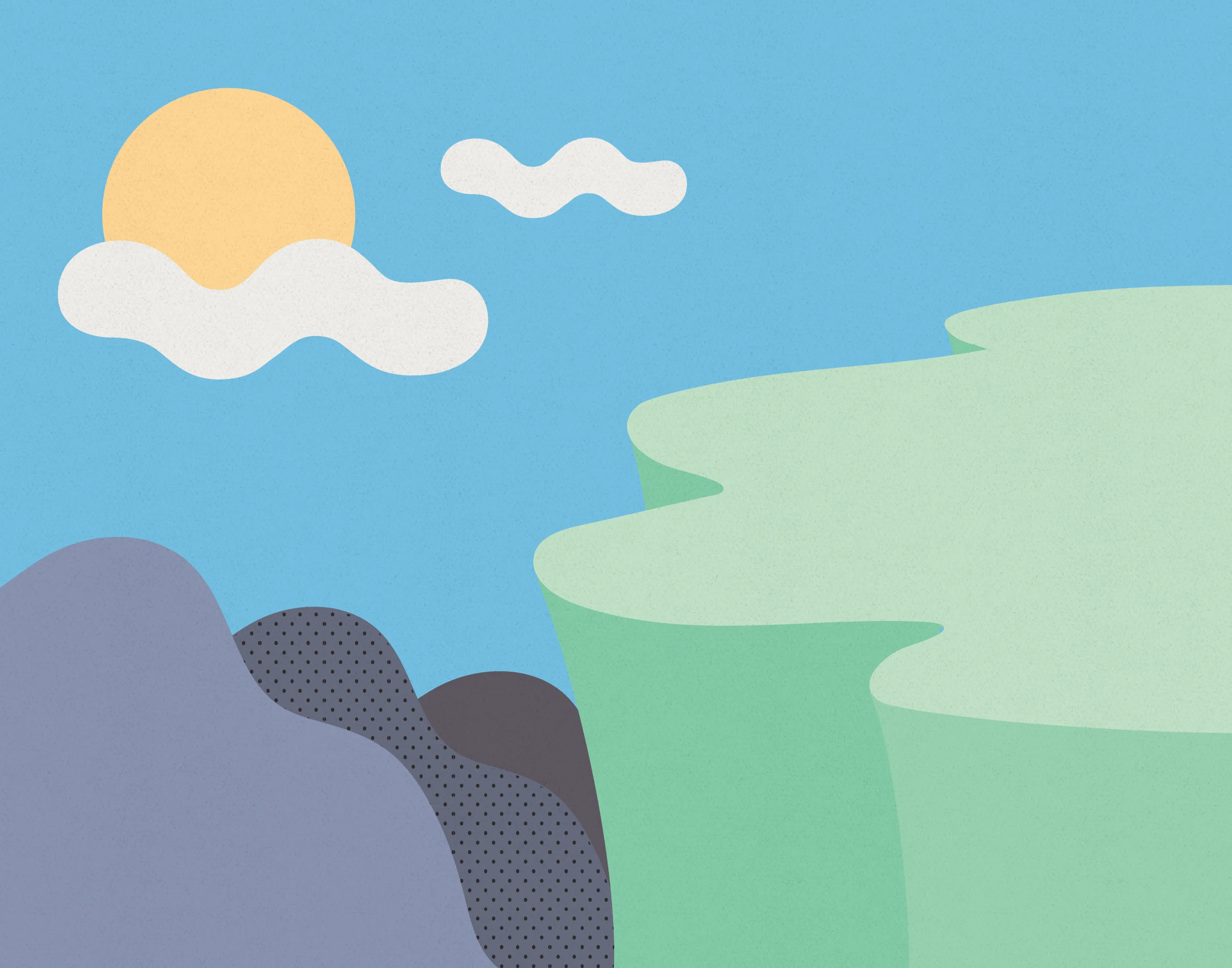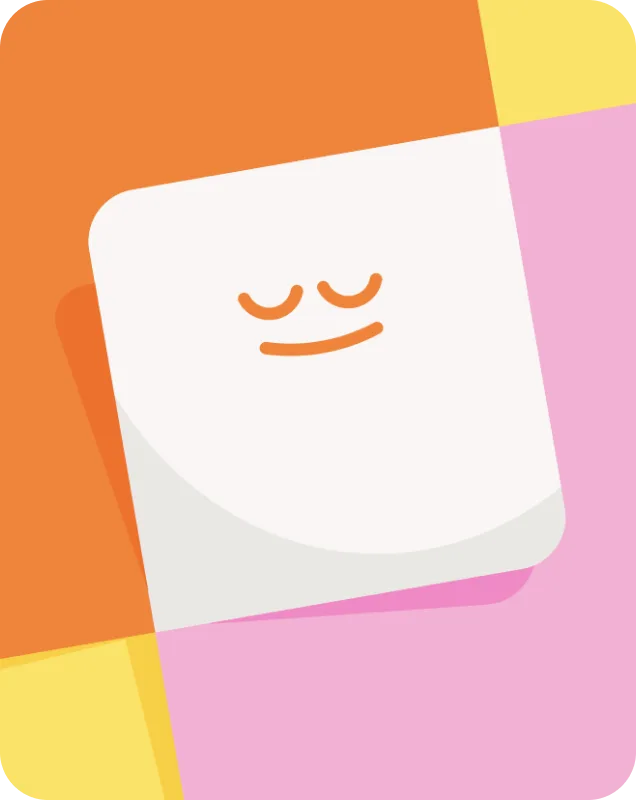Afraid you’ll jump, even though you don’t want to? High Places Phenomenon explained.
Breena K.
Jun 14, 2021
If you’ve ever stepped to the edge of a high rooftop and felt that you might jump off, despite the fact that you don't want to die, you're not alone—but most people don’t know that.
In reality, many people experience this feeling at one time or another, according to Jennifer Hames, who led the study, “An urge to jump affirms the urge to live,” for the Journal of Affective Disorders. Hames called it the “High Places Phenomenon." Hames first got the idea for the study while she was a graduate student at Florida State University. One day, she and her colleagues were talking in the lab when they realized that several of them experienced a fear that they would jump in front of trains, steer their cars into oncoming traffic, or jump off of tall buildings—despite not wanting to die or thinking about suicide. They knew from previous research that almost 1 in 7 people do think about suicide at some point in their life, but this kind of experience seemed different. So Hames and her colleagues spoke to 431 undergraduate students at Florida State University about the High Places Phenomenon (HPP). Their research led them to a counter-intuitive conclusion: most participants’ brains were actually trying to keep them safe—it only felt like they wanted to jump. “What we found is that people were misinterpreting a safety signal from their brains, which are always firing so fast,” Hames said. “In that situation (when you're on a cliff, or a bridge, or driving past an oncoming car), your mind is actually saying, ‘You’re in an unsafe situation—back up from the ledge.’ People usually obey that signal and back up. But we can misinterpret that and think, ‘I must have reacted that way because I wanted to jump.’"
People who are more sensitive to symptoms of anxiety—a racing pulse or feeling short of breath—are more likely to experience HPP than those who are less sensitive (though this only applies if they’ve never thought about suicide), Hames said. They’re the ones who are most likely to feel their body reacting to a dangerous situation. Some researchers think there may be more to this phenomenon, though. One psychologist said she believes people think about jumping from high places because it gives us a thrill, and challenges us not to freeze up when we feel afraid. Despite various interpretations, it's a phenomenon that has emerged over and over again in language, art, and psychology around the world. The French, who seem to always eloquently capture unique concepts, call it, "L’appel du vide,” which means, “the call of the void.” In Italian, the pop song by Lorenzo Jovanotti Cherubini, “Mi fido di Te”, proclaims, “La vertigine non é paura di cadere, ma voglia di volare,” which means, “Vertigo isn’t the fear of falling, it’s the desire to fly." Even the 19th-century Danish philosopher Soren Kierkegaard spoke about this concept in his book “The Concept of Anxiety”. “He whose eye happens to look down into the yawning abyss becomes dizzy. But what is the reason for this? It is just as much in his own eyes and in the abyss … Hence, anxiety is the dizziness of freedom,” he wrote.
I asked a few people who experience HPP to tell me how it feels to them. Here are some explanations I gathered: "I moved to NYC from the suburbs and suddenly found myself in a lot of situations where I could just very easily die: crossing the street, standing on a subway platform, standing on terraces in tall buildings, etc.," a woman named Katharine wrote to me. "I found myself gravitating towards the backs of train platforms (where trains are moving the quickest as they pull into the station). I had to start consciously standing with my back to the wall, away from the platform edge, out of the fear that I might actually do it,” she said. Another woman named Jeanne told me that she was perplexed by her own HPP thoughts until she was standing on a hotel terrace and mentioned it to friends who were with her and they shared similar stories. She believed her HPP was related to other boundary-crossing ideas that sometimes pop into her head. “It might have something to do with how easy it would be to do something so irreversible and absurd, that the mere thought that it’s possible exerts some weird fascination,” Jeanne said. “I [also] don’t like to sit in emergency aisles in planes because of that big red lever that looks so easy to pull. It probably isn’t, but I start obsessing over ... what would happen if my hands just pulled it before I realized what I was doing? I would never actually pull the damn thing, but the obsessive thoughts are no fun,” she said. According to Hames, HPP is similar to, but not the same as “intrusive thoughts.” Intrusive thoughts are those that keep popping up and interrupting daily task-related thoughts, despite a person’s desire to avoid them. They’re a common symptom of Obsessive-Compulsive Disorder (OCD) and post-traumatic stress, Hames said. Intrusive thoughts happen when people are going about their everyday life and are usually related to a past trauma, Hames said. But for HPP to occur, a person usually has to be the particular setting, like a cliffside or ledge. Hames said she’s glad that many people who read her study came away with more peace of mind about their own thoughts. “Since this study was published, a number of folks have sent me emails saying, ‘I’ve experienced this my whole life and I was afraid to talk about it, I’ve been wondering if I’m nuts,’” she said. “I’m glad we were able to normalize it and find that it may be even more life-affirming that your body is trying to keep you safe."



Be kind to your mind
- Access the full library of 500+ meditations on everything from stress, to resilience, to compassion
- Put your mind to bed with sleep sounds, music, and wind-down exercises
- Make mindfulness a part of your daily routine with tension-releasing workouts, relaxing yoga, Focus music playlists, and more
Annual - billed at $69.99 USD/yr
14 days free
$5.83 USD/month
Monthly
7 days free
$12.99 USD/month

Meditation and mindfulness for any mind, any mood, any goal

Stay in the loop
Be the first to get updates on our latest content, special offers, and new features.
By signing up, you’re agreeing to receive marketing emails from Headspace. You can unsubscribe at any time. For more details, check out our Privacy Policy.
- © 2025 Headspace Inc.
- Terms & conditions
- Privacy policy
- Consumer Health Data
- Your privacy choices
- CA Privacy Notice







